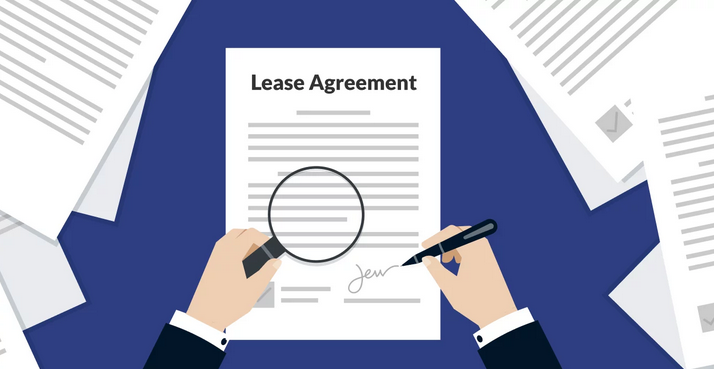
Compliance and Clarity: Ensuring Your Minnesota Lease Agreement is Legally Sound
A minnesota residential lease agreement is a vital record that outlines the stipulations of booking a home in Minnesota. Regardless of whether you’re a property owner or possibly a tenant, learning the fundamentals with this arrangement is crucial to make certain an even and legally binding hire process. Here’s what you should know:
1. Functions Engaged: The lease contract agreement typically involves two celebrations: the property owner (home owner) as well as the tenant (renter). The two of you should be clearly determined in the contract, which include their contact info and then any reps or agents active in the purchase.
2. Property Description: The lease ought to include an in depth explanation of your hired home, which includes its address, system quantity (if appropriate), and then any specific characteristics or services included with the rental.
3. Lease contract Word: This specifies the time of the hire, such as the start particular date and conclusion particular date. It can be a set-word hire, for example six months a treadmill 12 months, or perhaps a 30 days-to-month hire, dependant upon the deal between your landlord and renter.
4. Rent Transaction Information: The deal should outline the whole hire quantity thanks, the due particular date for repayments, suitable transaction approaches, and then any charges for later obligations. It may also consist of information regarding rent boosts throughout the rent phrase.
5. Safety Deposit: In Minnesota, property owners can accumulate a security alarm downpayment from tenants to pay for any damage beyond typical wear. The lease contract should establish the volume of the down payment, the problems due to its return, as well as write offs which might be created.
6. Maintenance and Improvements: The commitments of the landlord and renter concerning property upkeep and fixes needs to be clearly specified in the lease contract deal. Including who is responsible for program routine maintenance activities and fixes due to injury or overlook.
7. Policies: The lease might include specific regulations and rules relating to noise levels, animals, subletting, smoking, along with other aspects of surviving in the leasing house. Both sides are expected to comply with these guidelines during the entire lease phrase.
8. Termination Clause: This area describes the problems under which either celebration can terminate the lease very early, for example violation of agreement or non-settlement of rent payments. Additionally, it can include any notice needs for termination.
9. Legal Disclosures: Property owners in Minnesota must supply certain legal disclosures to renters, such as specifics of direct-based painting dangers (for qualities created well before 1978) as well as the rights and duties of each party under state law.
10. Signatures: Eventually, the rent contract must be approved and outdated by both landlord and renter to get legally binding. It’s necessary for each party to read through the deal carefully before you sign as well as have a backup with regard to their information.
In conclusion, a Minnesota residential lease agreement is a vital record that guards the privileges and interests of the two landlords and renters. By understanding its important elements and making sure very clear communication between all parties engaged, equally landlords and tenants can also enjoy an optimistic and trouble-totally free hire experience.




